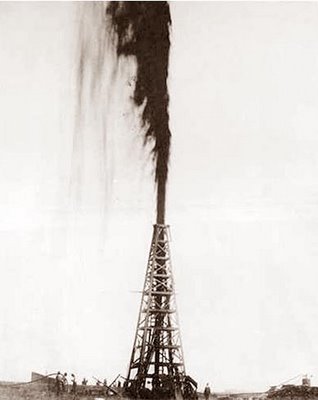
Drs. Abby van Den Berg and Tim Perkins of the University of Vermont’s Proctor Maple Research Center, with the simple-looking invention that could radically change the maple syrup industry.



If a tree has no crown where does the sugar come from year after year?
This will turn the Maple Syrup World upside down.
Only problem a bunch of stubs sticking out of the ground with what looks like feeding tubes won’t be too attractive.
A pair of saps.
Maple syrup time happens before the tree leafs out so why would anyone think the sap comes from the crown?
Good grief! Anyone who's cut down a maple or birch in the Spring will see sap pouring out of the stump! Not much of a revelation.
This is a bizarre statement and cannot possibly be an accurate quotation. I grew up in maple sugar country and no one ever had the slightest doubt that sap rises from the roots. That's why it is best to have warm days and cold nights in February and March. The sap rises during the day's warmth and sinks back during the cold of the night. Once it reaches the ends of the branches and the tree starts to put out buds it is no longer any good for syrup. So the length of the season depends on the weather, and the weather dictates the simple capillary action of the sap.
That having been said, I see no reason why sucking it out the top should not work, other than that the tree will probably not last long.
Maple Syrup is expensive so I would love to see this work and lower the price.
It also suggests that watering the ground during harvest could help the sap flow even better.
Maple Syrup is expensive so I would love to see this work and lower the price.
It also suggests that watering the ground during harvest could help the sap flow even better.
The economics of this are interesting. The farmers that I know who do sugaring are using land which they can’t really use for anything else. Usually this is steep terrain or areas cut by deep ravines, etc. If they go to a plantation style with rows of saplings then I assume they would need to use land which would be valuable (more valuable?) for other kinds of farming.
Our cousin spent a fortune trying to develop a reverse osmosis system to shorten the boiling down process of maple sap, 30 years ago, through UofV. Was a colossal failure of a business venture.
This reads like something from The Onion.
1. Everybody knows sap rises...but here they act like it is a new discovery.
2. How can a sapling live and keep producing after you chop off its top?
Uh... how is that tree going to survive long-term if it’s been decapitated?
So people who use this method will be known as sapsuckers?
Yes but how does a tree live with no top/leaves.I was under the impression the leaves via photosynthesis is the “food” trees lives on....a topless tree with no leaves is pulling all its substances from the earth...so what are the reason for green leaves? Just an alternative food source path to let the soil rest recover during the other 9 months of the year so the tree can feed on the soil during winter?..
A major DUH, that the roots take up the water. However, if the tree doesn’t have a nice crown or enough leaves to support it, it will die. Nope, sorry, not buying the new theory.

Canada Ping!
Interesting article, but the part about the bear was quite a digression.
I’d say they just pulled the rug out from under the Vermont Maple Syrup industry.
Prices would come down - availability would go up. That's one yummy outcome... Thanks Drs. Abby van Den Berg and Tim Perkins... sweet stuff.